
The Lumia 1020 and Galaxy K Zoom, together with the original 'PureView' camera phone, the 808, on the left in white....
I should emphasise again that this is a specific set of circumstances, but one which should show up differences in quality in optics in the two top camera phones. No use of zoom was made, no ultra low light shots were required, no Xenon flash needed to be fired. This was about the lenses, the sensors and the image processing software in each case.
I should also note, for full disclosure, that the feature does the K Zoom a very slight disservice, in that the phone's camera was set at '5MP' rather than the full '16MP'. Now, in theory, the K Zoom should, under these circumstances, use Nokia PureView-like oversampling to reduce the full resolution to a 'purer' 5MP, but in practice I suspect a simple 5MP 'scrape' of the sensor is used. Is this is all then fair to the K Zoom? It's debatable, I'd argue that Samsung's Camera software should use more of the sensor information when set to a lower output resolution.
Also notable is that 'HDR' wasn't used in the K Zoom - 'wireduser' did try this multi-shot effect in the device but 'wasn't convinced' by the results, so the better 'natural' JPGs were used instead below.
| Note that the interactive comparator below uses javascript and does need to load each pair of images. Please be patient while this page loads, if you see a pair of images above each other than you've either not waited long enough or your browser isn't capable enough! |
Test 1: Canal
Plenty of shady detail here, set against a bright sky. Here’s the full scene, as shot by the Lumia 1020:

And here's 1:1 detail from near the centre of the frame, using our famed interactive comparator, just wait to make sure the page has fully loaded and then use your mouse or trackpad pointer to compare the image fragments:
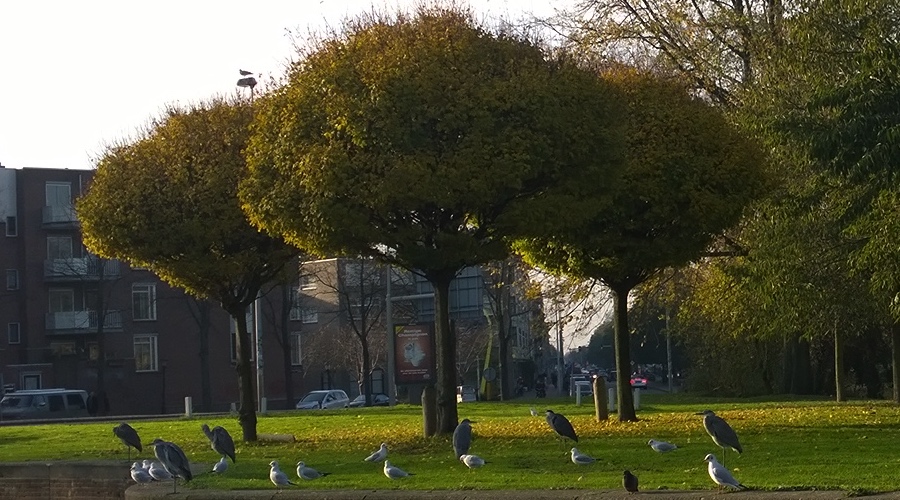

The crispness of the 1020's photo, at this 1:1 level, is quite astonishing and a vindication of the PureView oversampling process. No extra comment is really needed, your eyes (and mouse) can supply the rest.
Test 2: Tower
Crisp and distant detail set against a bright blue sky. Here’s the full scene, as shot by the Lumia 1020:

And here's 1:1 detail from near the centre of the frame, using our famed interactive comparator, just wait to make sure the page has fully loaded and then use your mouse or trackpad pointer to compare the image fragments:


Again there's a clarity and a pureness of colour that's most definitely present in the 1020 photo and missing in the K Zoom's. Of course, if you were only after detail on the tower then the 10x optical zoom on the K Zoom would ultimately win out. But here we're taking scenes as-is and only looking at 1:1 crops in order to see differences in photo quality.
Test 3: Bright sky
This shot is notoriously difficult to get accurately, especially when comparing photos from different devices. Here’s the full scene, as shot by the Lumia 1020:
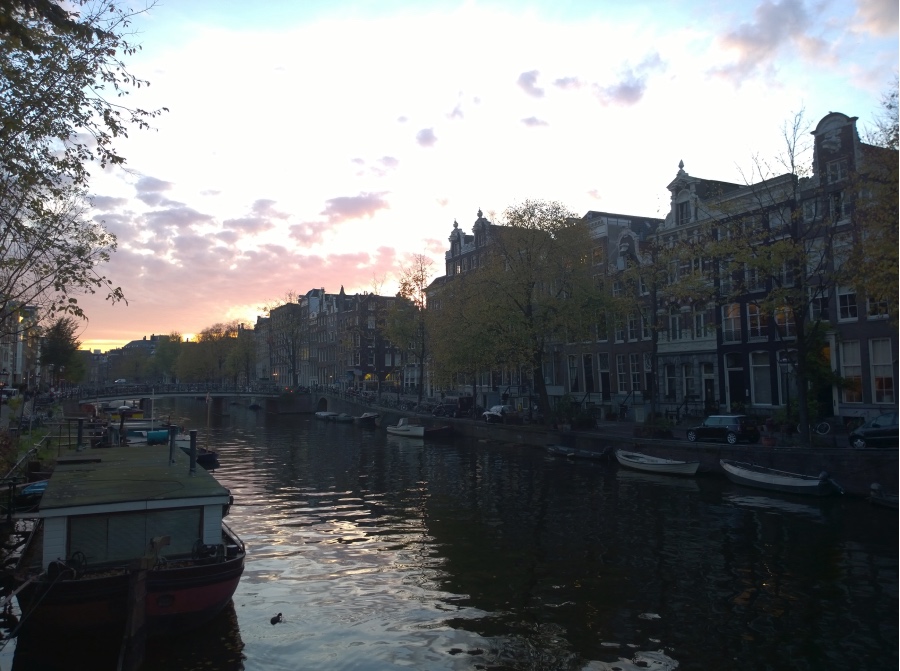
And here's 1:1 detail from near the centre of the frame, using our famed interactive comparator, just wait to make sure the page has fully loaded and then use your mouse or trackpad pointer to compare the image fragments:


The 1020's arguably ahead here, but it's hard to make a judgement since even the slightest difference in centre for the shot will result in a different exposure, etc. Let's be charitable to the K Zoom and call this one a draw.
Test 4: Lit sign at sunset
Talk about challenging light conditions - a bright sign in a dark landscape with a sunset backdrop. Here’s the full scene, as shot by the Lumia 1020:

And here's 1:1 detail from near the centre of the frame, using our famed interactive comparator, just wait to make sure the page has fully loaded and then use your mouse or trackpad pointer to compare the image fragments:


Despite the digital noise in the JPG (the 1020's photo is 'purer' in terms of noise), I'm going to give this one to the K Zoom, which has managed to more accurately focus on the distant detail. Anecdotally, the Lumia cameras do have a weakness in that they don't like focussing on 'infinity', I've noticed, either set manually or automatically in low light. Roll on new flagships in 2015 with PDAF (Phase Detection Auto Focus)?
Test 5: Bananas?
A light challenge of a different kind, with brightly lit fruit against a dark shop interior. Here’s the full scene, as shot by the Lumia 1020:
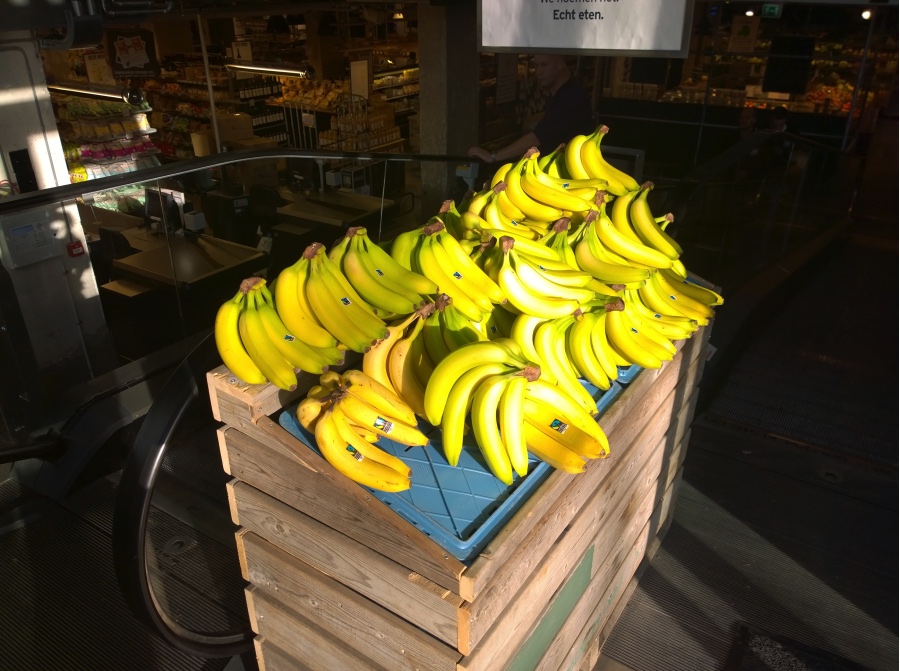
And here's 1:1 detail from near the centre of the frame, using our famed interactive comparator, just wait to make sure the page has fully loaded and then use your mouse or trackpad pointer to compare the image fragments:
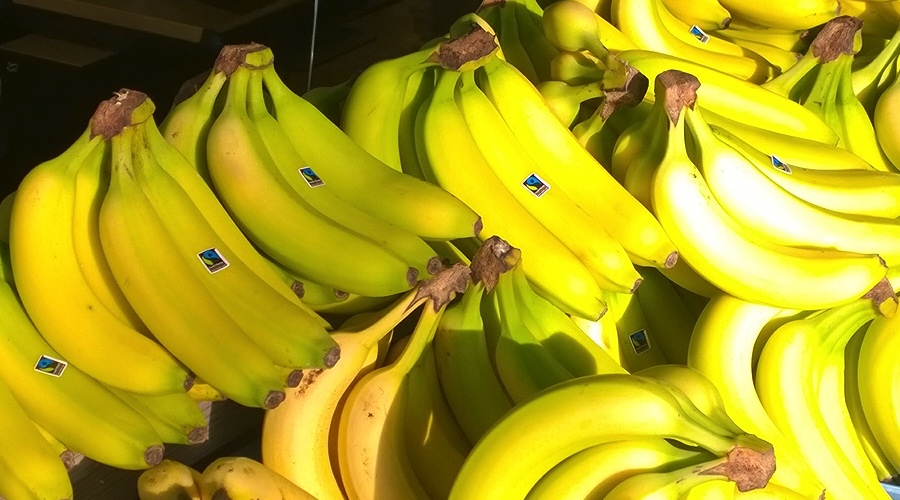
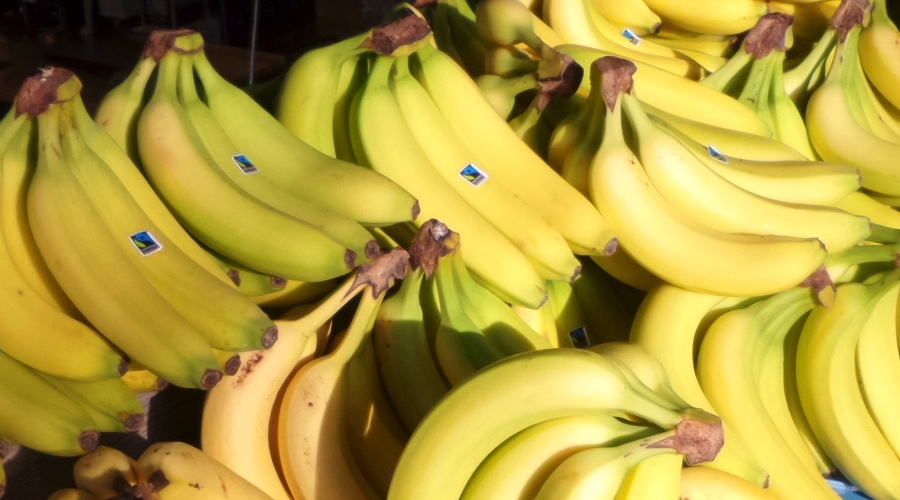
Swings and roundabout here, with the 1020 getting better, more attractive colours but failing to cope with the very brightest sun reflections, while the K Zoom manages to cope with dynamic range but produces more boring colours. Another draw?
Test 6: Building
Finally, another nice building shot, with tree detail, set against a gorgeous blue sky.... Here’s the full scene, as shot by the Lumia 1020:

And here's 1:1 detail from near the centre of the frame, using our famed interactive comparator, just wait to make sure the page has fully loaded and then use your mouse or trackpad pointer to compare the image fragments:


Returning to the pattern seen at the start of the article, we have a crisper, purer, clearer, more attractive image from the Lumia 1020, while the K Zoom's is in turn muddier and more wintry. Your comments?
Verdict
Although there are clear examples of Lumia 1020 superiority over the K Zoom above (and you'd expect it, with a sensor that's over twice as big), don't be too hasty to write off the Samsung Galaxy K Zoom. There are a couple of examples where it arguably does better, there's the fact that wireduser wasn't letting the K Zoom work at full resolution, there's no allowance for the power of that 10x optical zoom, etc.
As a Windows Phone site, you'd expect me to proclaim the Windows Phone the outright 'winner', but I'm going to simply declare these tests as yet more data points and emphasise that the two camera-centric smartphones have different strengths and weaknesses.
Your comments welcome, especially if you too have tried the 2014 K Zoom.
